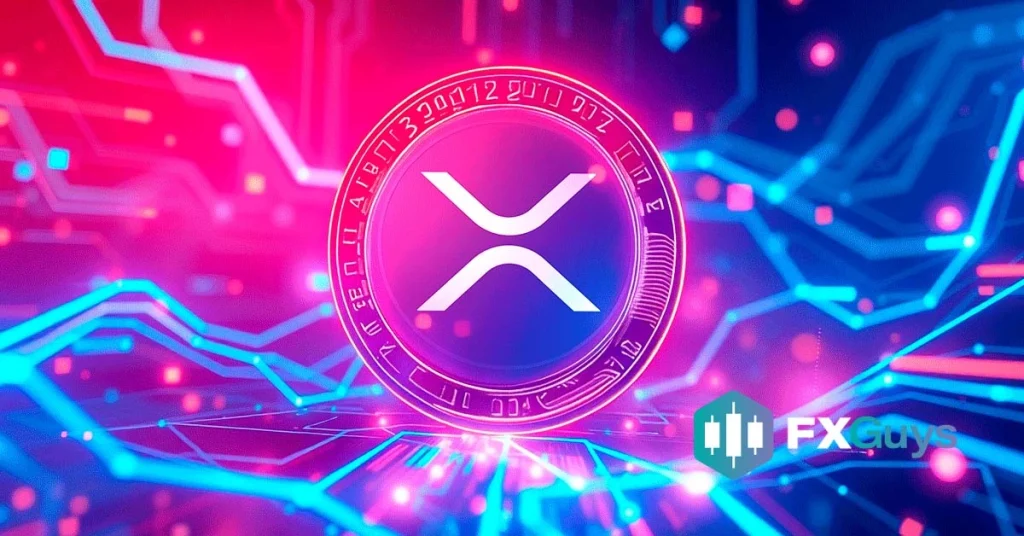
The XRP price is rising, joining other cryptocurrencies, which have all turned green today. Ripple spiked to $2.30 on Wednesday, its highest level since March 28, and 45% higher than its April low. It has soared by 350% from its lowest level in 2024.Crypto analysts cite its strong technical patterns, a recent statement by Teucrium CEO, and Paul Atkins swearing in as the new head of the SEC.
Crypto Experts Explain the Ongoing XRP Price Surge
XRP price rose as the crypto market boomed after Donald Trump said that he would not fire Jerome Powell. He also expressed hopes that the US will reach a trade deal with China, eliminating the recent tariffs.
Crypto pundits also identify an interview in which Teucreum CEO said that XRP was the only coin with a real utility. He argued that its role to become a SWIFT rival and Hidden Road acquisition will stimulate more utility. More so, the expert hailed the entry of Atkins at the SEC as a top catalyst. This statement came after his company’s recently launched The Teucrium 2x Long Daily XRP ETF reached $34 million in assets.
In a separate note, he credited the rally to the swearing-in of Paul Atkins as the new head of the SEC. He takes over from Gary Gensler, an official who focused on filing lawsuits against crypto companies, including Ripple Labs.

Meanwhile, Ali Martinez, a crypto analyst with thousands of followers, noted that XRP price had created an inverse head and shoulders pattern on the hourly chart. He expects that the coin will surge towards the resistance at $2.70.

Another key theme is the upcoming approval of the XRP ETF, which is expected to result in substantial inflows. JPMorgan analysts estimate that these funds will accumulate over $8 billion in inflows in the first 12 months.
Ripple Price Prediction and Technical Analysis
Technicals suggest that the XRP coin price may be ready for a strong bull run. It has formed an inverse H&S pattern on the four-hour chart. Also, it has now jumped above the neckline, confirming the bullish breakout. It has also retested the 50% Fibonacci Retracement level at $2.30.
Additionally, trend and momentum indicators signal that the bullish momentum is intact. For example, the Directional Movement Index (DMI) has jumped to 40. This is a popular indicator used to measure the strength of a trend.
Therefore, the value of XRP will likely keep soaring as buyers target the 78.6% retracement level at $2.70, which is about 20% above the current level.

A drop below the neckline of the inverse H&S pattern at $2.2 will cancel the bullish outlook as it will mean that there are more sellers in the market.
The post Why Is XRP Going Up? Expert Insights on the Surge and Price Prediction appeared first on CoinGape.







